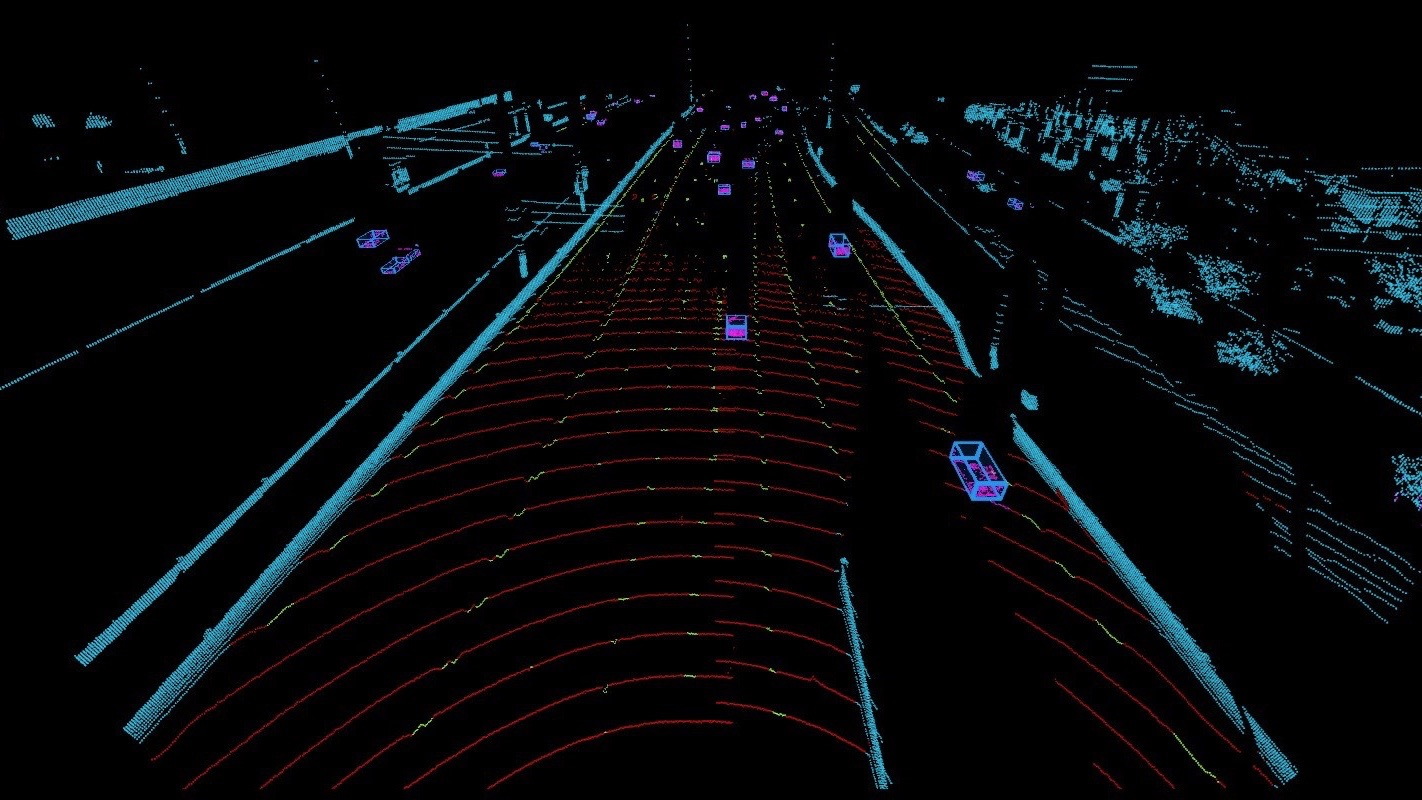

#Luminar tech drivers
The system will also be capable of wireless over-the-air updates, so drivers should benefit as it grows ‘smarter’ over time. In addition to higher production volumes, the company will also benefit from the many thousands of driving miles its system will be exposed to - valuable data that it can feed back into its autonomous driving stack. The deal is undoubtedly a major boon for Luminar. What customers won’t have to pay for is a suite of safety capabilities, like automatic emergency braking and lane-keeping, that target the most common cause of car accidents. That functionality will be activated wirelessly when the conditions are verified to be safe, Luminar said in a news release. It’s the highest capability of autonomy that the system offers, and if customers want it, they will have to pay for it. That capability, which will be available only when the vehicle is driving on a highway, puts the driver out of the loop - they won’t even have to actively monitor the vehicle, as is common in some systems already on the road today, a source familiar with the technology told TechCrunch. However, customers will still have to pay if they want to take advantage of the Highway Pilot functionality.

Now, it will be built into each vehicle as a matter of course. But at that time, Luminar’s stack was going to be optional on the flagship vehicle - an upgrade that would add on cost. Luminar had previously announced the production deal with Volvo last May. The two companies said Thursday that Luminar’s autonomous driving stack – a combination of hardware and software that includes lidar sensors and a proprietary perception system – will be standard on Volvo’s forthcoming flagship electric SUV. Volvo Cars and Luminar Technologies are beefing up their partnership.


 0 kommentar(er)
0 kommentar(er)
